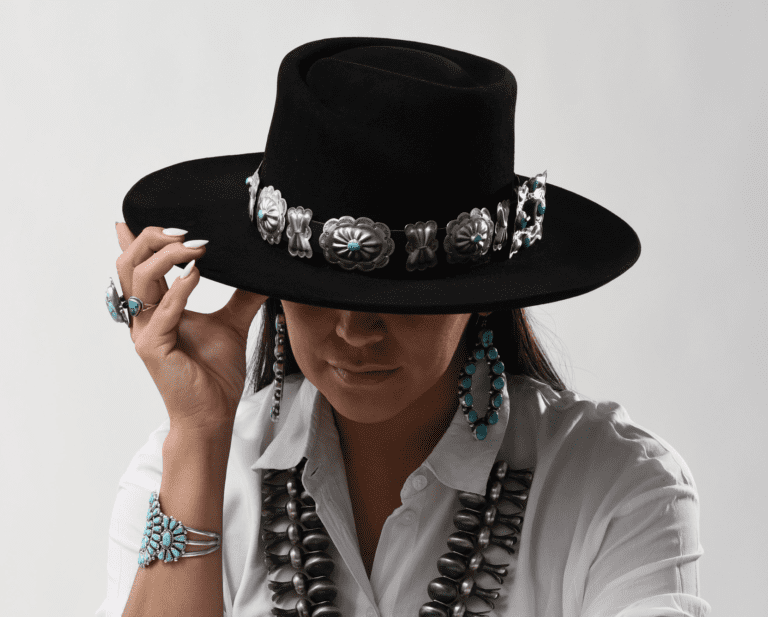The Martineztown neighborhood was settled in the early 19th century when it developed as a stopping point for travelers along the El Camino Real de Tierra Adentro. Having fallen into disrepair and out of favor with the city government, Martineztown was slated for demolition in the name of urban renewal in 1970 until the residents banded together and stopped the condemnation. Today Martineztown residents continue to show their pride throughout this neighborhood of well-kept older homes and mature trees.
Martineztown Park itself is a quiet spot in this historic neighborhood. With a playground and more than its share of public art, it is a favorite spot to stroll for visitors to the adjacent Lovelace Medical Center and locals alike.
“Southwest Pieta” was created by Mexican American artist Luis Jiménez in 1987 as part of the City of Albuquerque’s 1% for the Arts program, with additional funding from the National Endowment for the Arts. For this piece, Jiménez wanted to pay homage to pre-Hispanic Mexican culture. For inspiration, Jiménez turned to the Indigenous Mexican view of the duality of light and dark, the male and female. The man and woman in “Southwest Pieta” refer to two large volcanoes that loom large outside of Mexico City, Popocatépetl and Iztaccíhuatl, the male and female, respectively, that are the focus of many varied pre-Columbian myths.
In Christian art, the Pietà depicts the Virgin Mary holding and morning the body of Jesus on her lap after the crucifixion. In “Southwest Pieta” the male warrior Popocatépetl is holding and mourning his dead love, the woman Iztaccíhuatl. Here, the two figures are perched on an eagle that rests on the blue base of the sculpture which resembles a volcano. As a bonus, visitors can read the story of the sculpture in the description at the base of the statue written by none other than the legendary New Mexican author Rudolfo Anaya.
Tragically, Jiménez passed away in 2006 in his Hondo, NM home when a portion of the sculpture he was building, the infamous “Blue Mustang” that greets visitors to the Denver International Airport, fell on him during fabrication. Fortunately for those of us in Albuquerque, we have to go no further than Martineztown Park to see Jiménez’s enduring work. In “Southwest Pieta,” we find a prime example of the brightly colored fiberglass work and interpretations of Mexican themes sculptor Jiménez was known for. In “Southwest Pieta” we also find a sculpture in remarkably good condition despite being exposed to the occasionally challenging elements that surround it, much like the Martineztown neighborhood itself.
—Edmundo Carrillo


